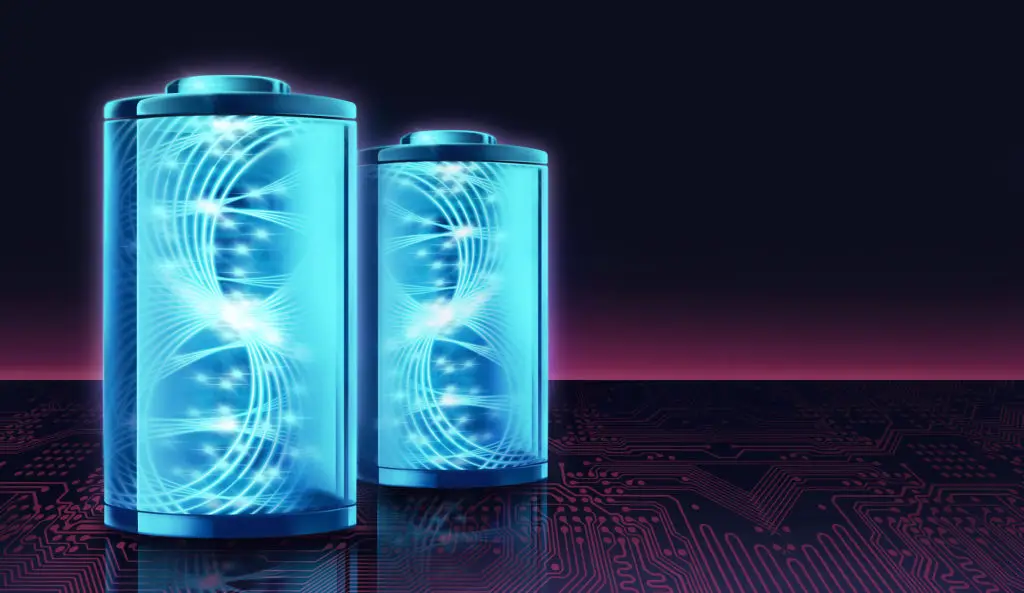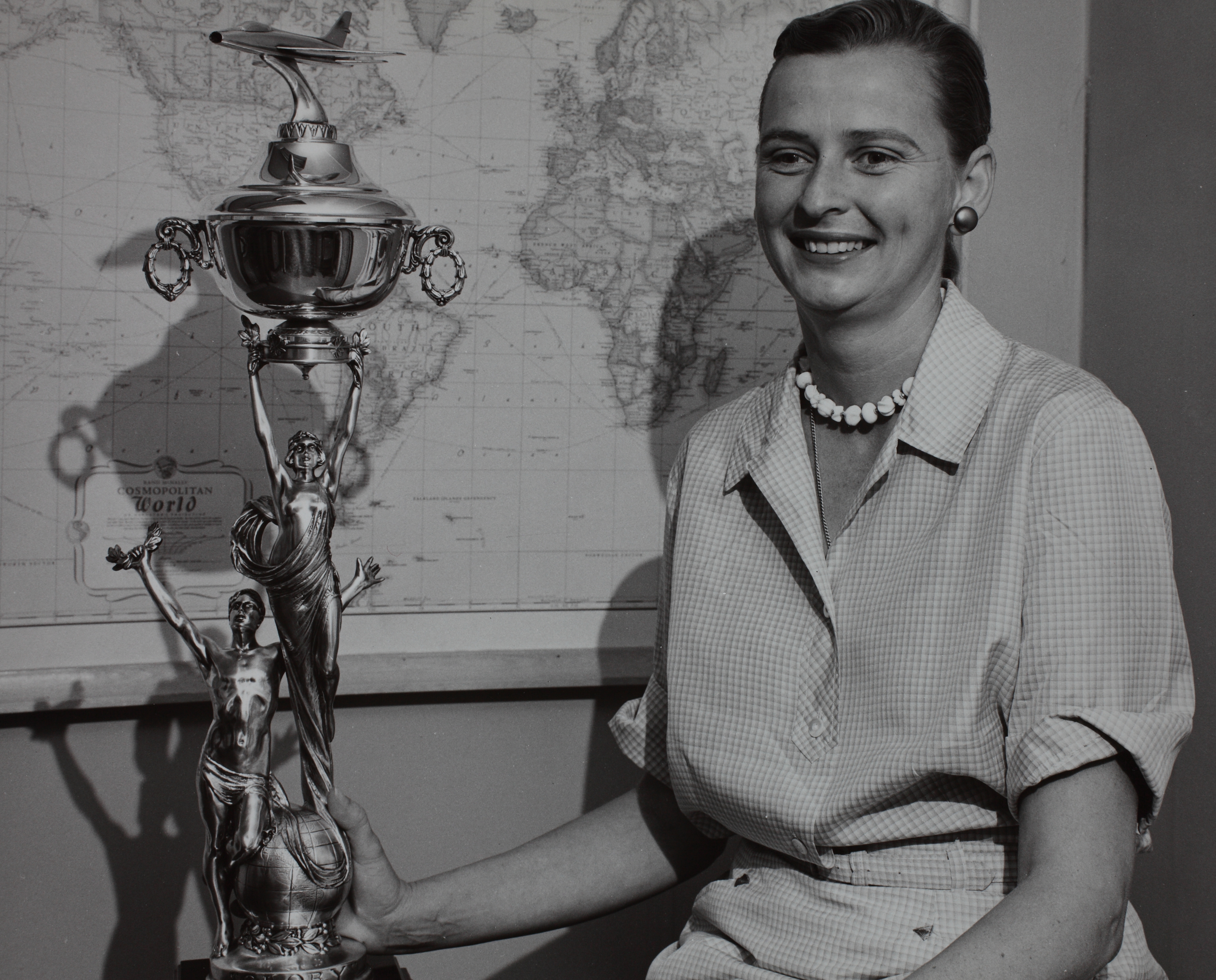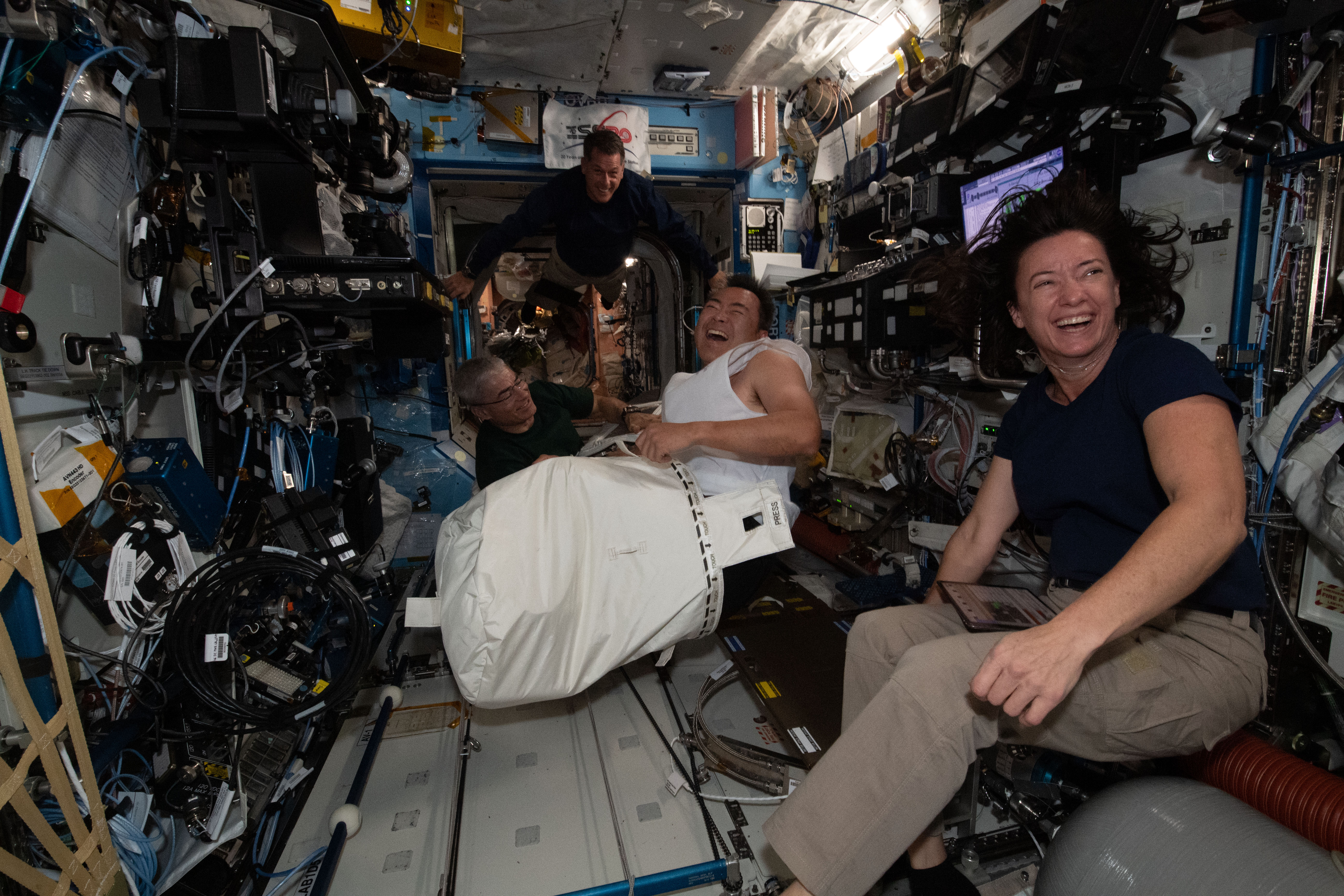Dead on Arrival: 12 Hyped Tech Devices That Flopped Hard (and Why)
In the fast-paced world of tech, shiny new gadgets are launched with bold promises—smarter, faster, life-changing. But not every innovation delivers. Some devices capture our imagination for a moment, then vanish without a trace. What went wrong? Was it bad timing, clunky design, or just too much hype? In this article, we unpack the stories behind 12 high-profile tech flops—devices that sparked excitement but couldn’t stick the landing. Their failures aren’t just cautionary tales; they reveal the messy, unpredictable dance between invention, expectation, and what users actually need. Sometimes, the future gets ahead of itself.
1. Google Glass: The Visionary That Lost Sight
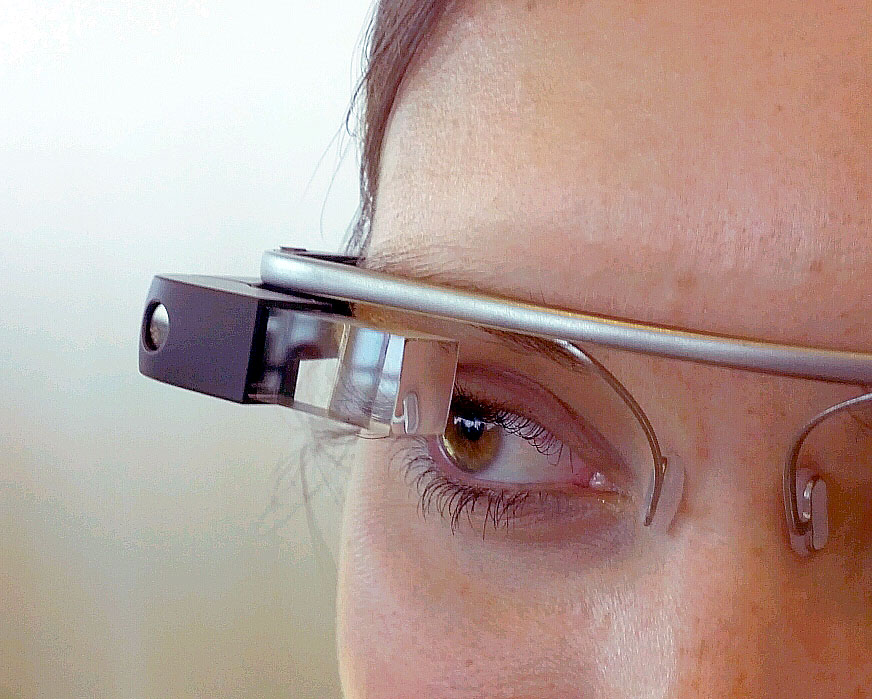
Google Glass was unveiled with much fanfare as a breakthrough in wearable technology, offering augmented reality capabilities through a sleek pair of glasses. However, privacy concerns, high costs, and limited practical applications hindered its adoption. Users were wary of the potential for surreptitious recording, and many felt uncomfortable with the social implications of wearing a device that seemed to intrude on personal space. Moreover, its battery life and limited app ecosystem failed to justify the investment for everyday consumers. Ultimately, Google Glass serves as a cautionary tale of how visionary technology can falter without addressing user needs and societal readiness.
2. Amazon Fire Phone: A Spark That Didn't Ignite
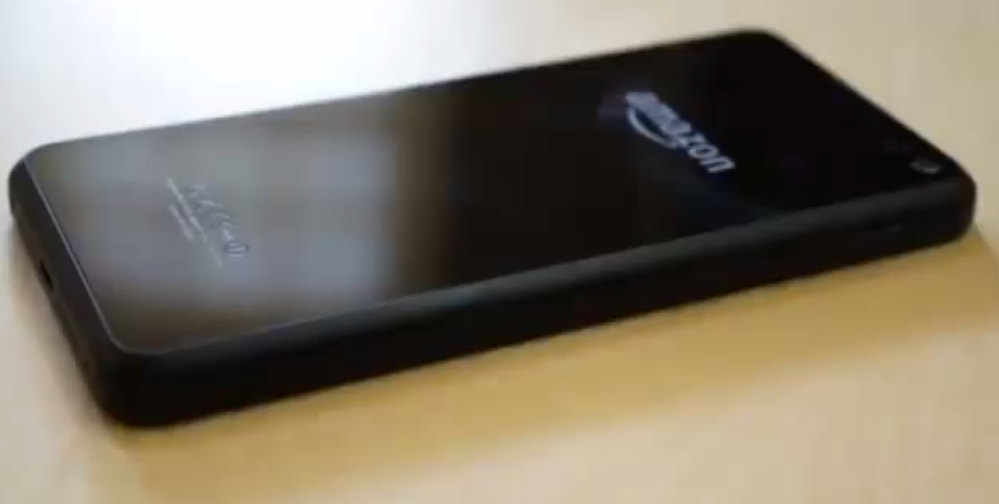
Amazon's Fire Phone was launched with the intent to disrupt the smartphone market, boasting features like 3D display technology and deep integration with Amazon services. However, it struggled to find its niche amidst established competitors like Apple and Samsung. The phone's lack of app diversity, coupled with its hefty price tag, made it a tough sell. Its unique features, while innovative, were not compelling enough to sway users from their preferred ecosystems. The Fire Phone's failure underscores the importance of understanding market positioning and the challenges of breaking into a saturated market without a distinct competitive advantage.
3. Microsoft Zune: A Melodic Misstep
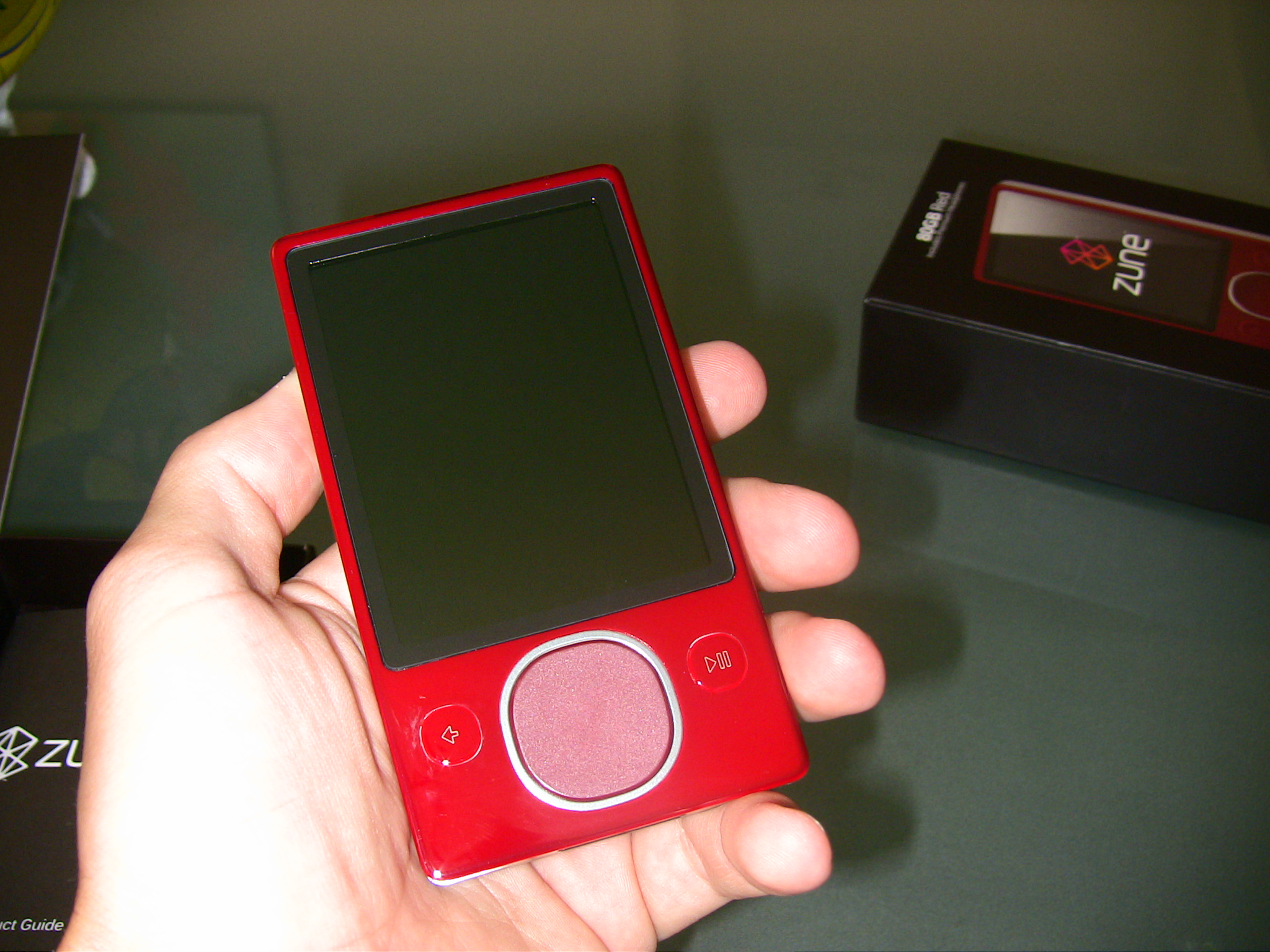
The Microsoft Zune was introduced as a direct competitor to the iPod, aiming to capture the burgeoning digital music market. Despite its decent hardware and unique features like wireless sharing, the Zune couldn't overcome Apple's dominance and the iPod's entrenched user base. Marketing missteps and a lack of compelling content partnerships further hindered its appeal. Additionally, the Zune's late entry into the market meant it was always playing catch-up. This case highlights how timing, brand loyalty, and strategic partnerships are crucial in the tech industry, where being first often trumps being good.
4. Segway: The Future That Couldn't Roll Forward
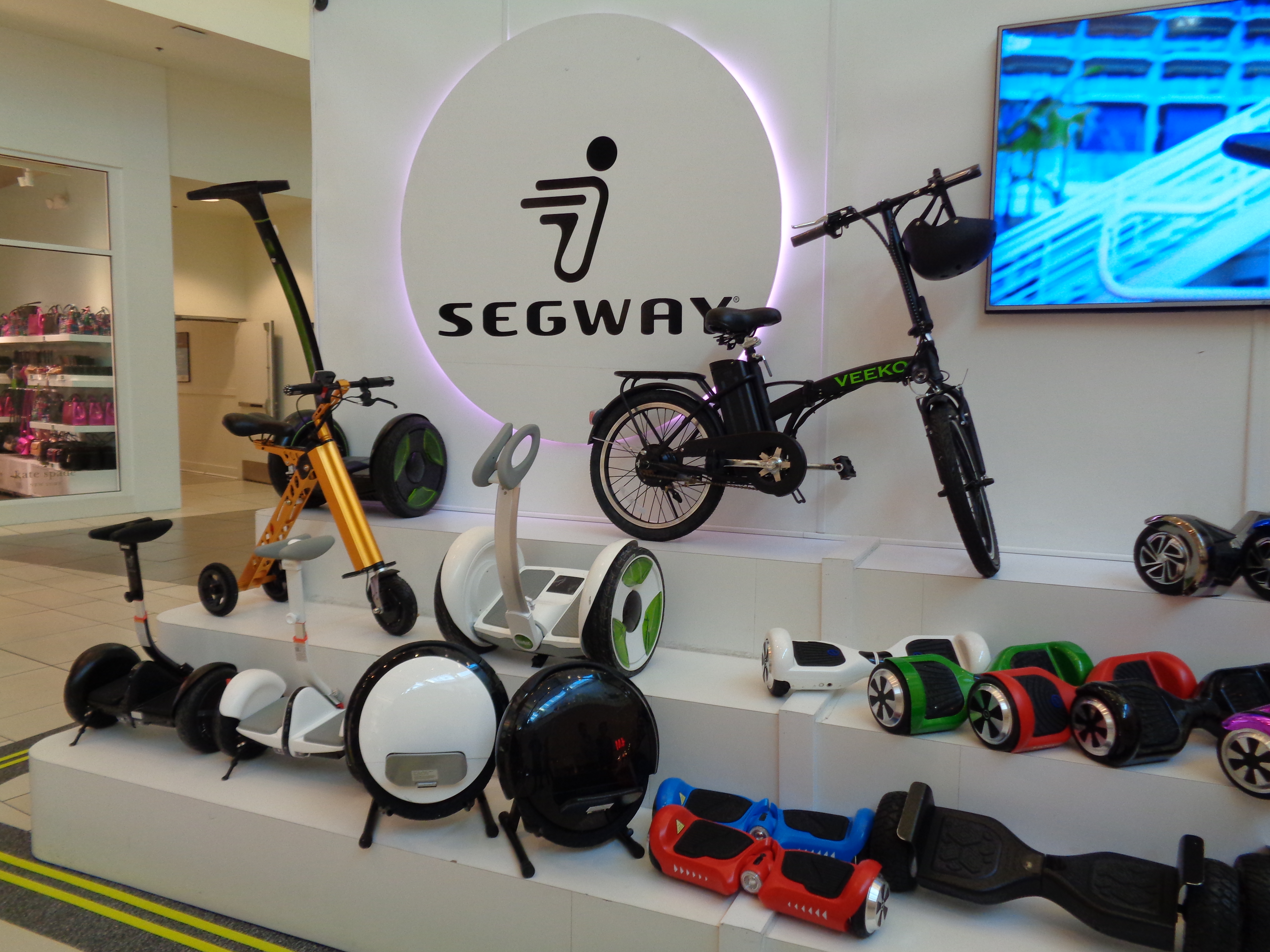
Touted as the future of personal transportation, the Segway was expected to revolutionize urban mobility. However, it never became the ubiquitous mode of transport its creators envisioned. High costs, regulatory hurdles, and a lack of practicality for everyday use limited its adoption. The Segway's bulky design and the public's reluctance to embrace it as a mainstream commuting option further contributed to its downfall. This example illustrates the importance of aligning product design with real-world applications and consumer lifestyles, as even the most innovative products can fail if they don't fit into existing societal frameworks.
5. Nokia N-Gage: Gaming Meets Mobile, But Misses the Mark
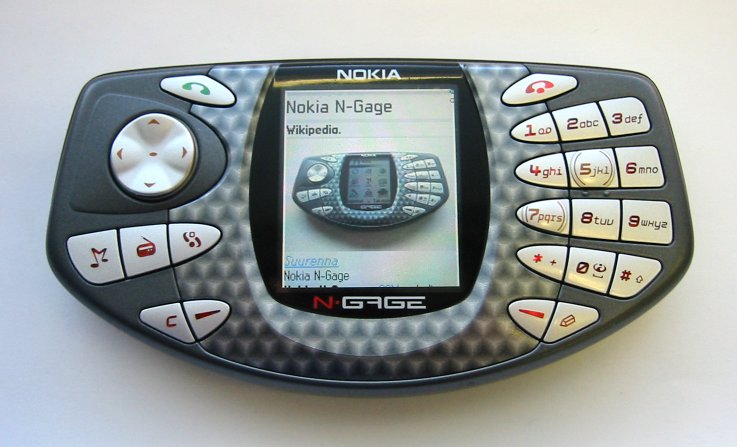
Nokia's N-Gage attempted to merge gaming and mobile telephony, offering a device that could serve as both a phone and a gaming console. However, its awkward design, which required users to hold the device sideways to talk, and a limited library of games hampered its appeal. The N-Gage struggled to compete with dedicated gaming consoles and more versatile mobile phones. Its downfall highlights the risks of hybrid devices that fail to excel in either of their intended functions, emphasizing the need for clear user benefits and seamless integration of features to capture consumer interest.
6. Blackberry PlayBook: A Tablet Without a Hook
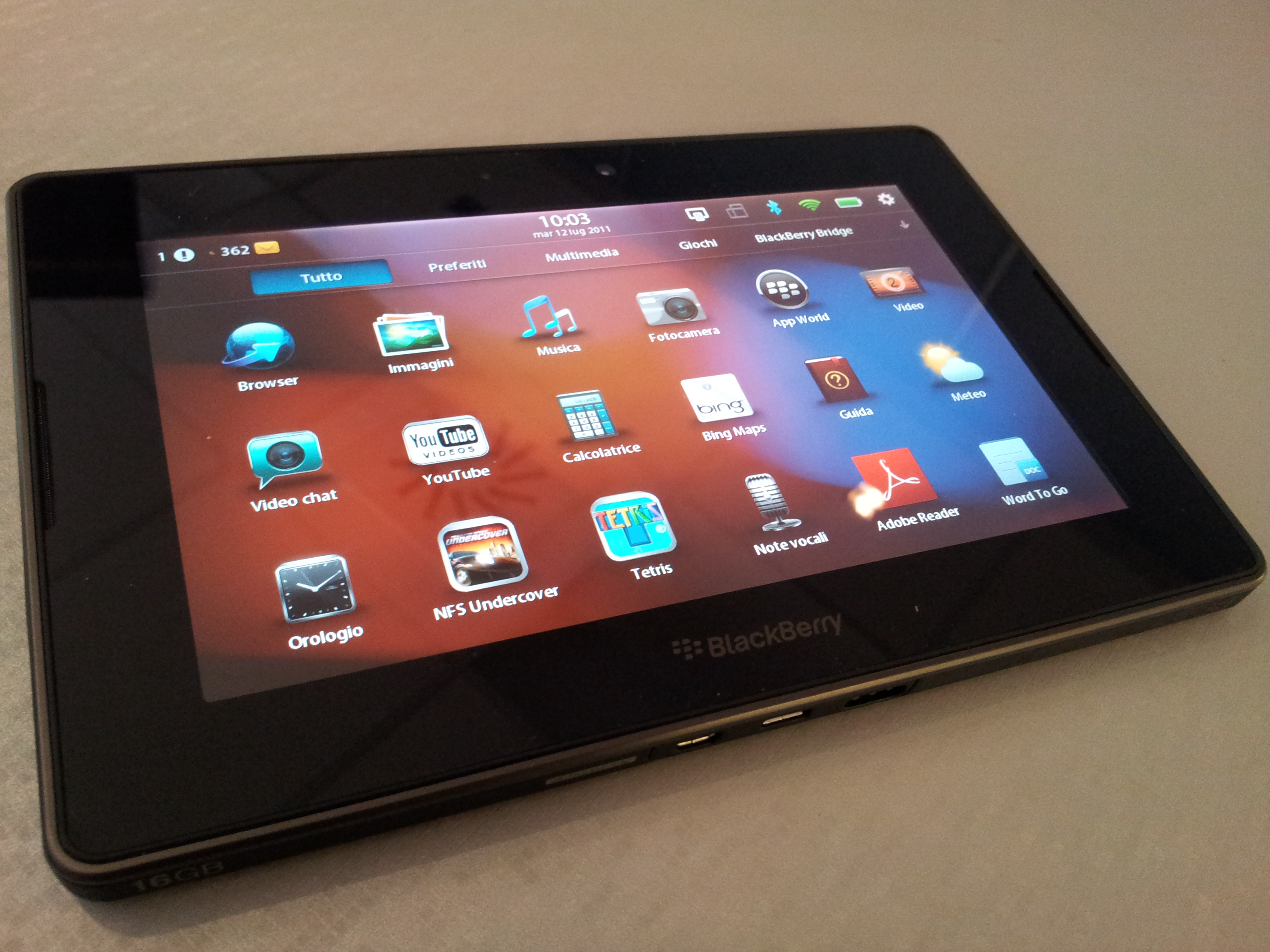
The Blackberry PlayBook entered the tablet market with high expectations, leveraging Blackberry's strong brand presence in the business sector. However, its lack of native email support, reliance on a Blackberry smartphone for core functionalities, and a sparse app ecosystem led to its swift decline. The PlayBook's shortcomings in connectivity and software support made it less appealing compared to competitors like the iPad. This case demonstrates the critical role of user experience and ecosystem integration in the success of tech devices, as even established brands can falter if they fail to meet evolving consumer expectations.
7. HP TouchPad: A Short-Lived Tablet Tale

The HP TouchPad, powered by the promising webOS, aimed to challenge the dominance of the iPad. Despite a sleek design and innovative software, it suffered from sluggish performance and a lack of developer support, resulting in a limited app selection. The decision to discontinue the TouchPad just weeks after its launch reflected a lack of confidence in its market potential. This rapid retreat underscores the importance of strategic commitment and the risks of entering a competitive market without robust support and a clear differentiation strategy.
8. 3D TVs: A Dimension Too Far
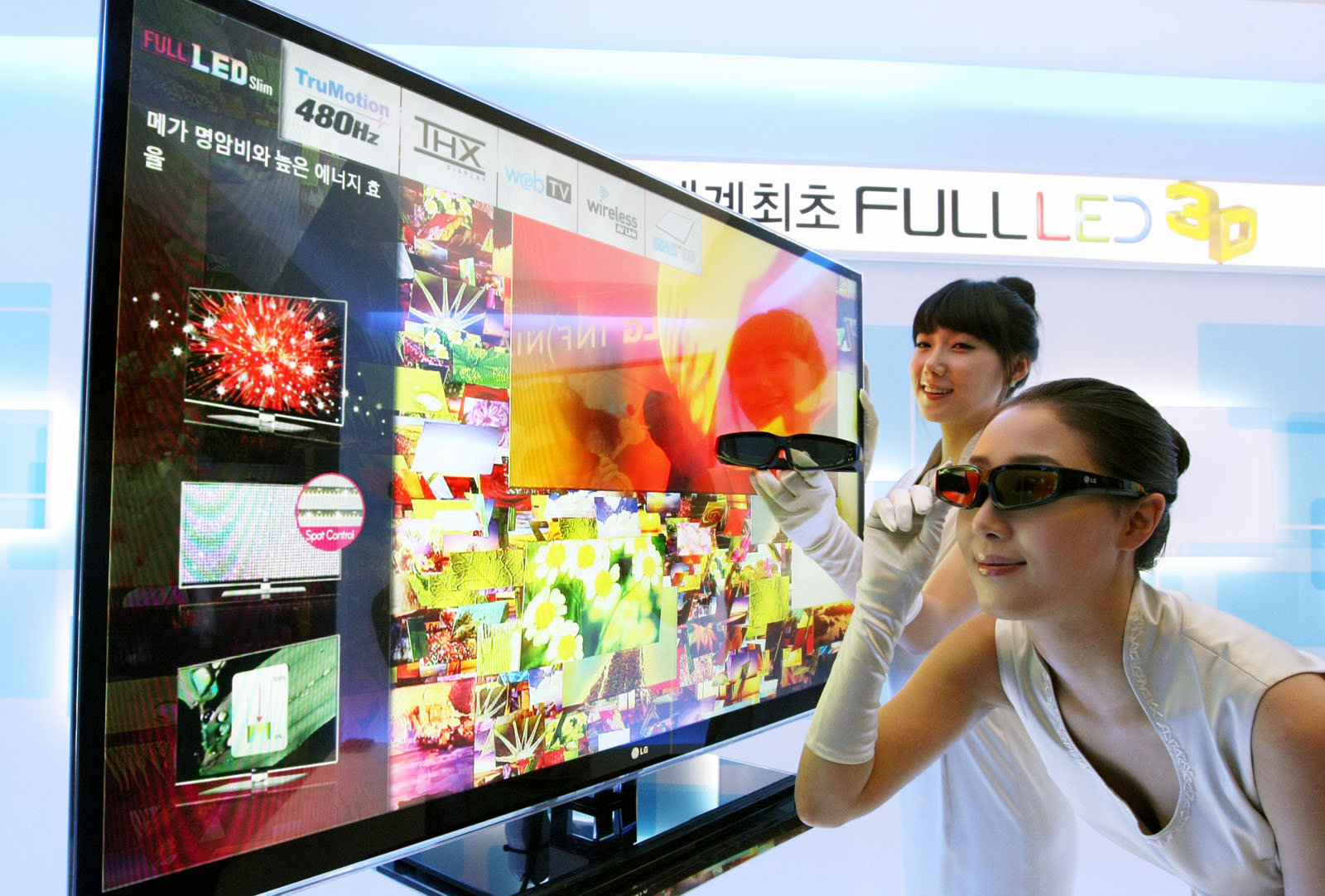
3D TVs promised to bring cinematic experiences into the living room, but their high costs, lack of content, and the inconvenience of wearing glasses for prolonged periods led to their decline. Consumers were not convinced that the 3D experience was worth the investment, especially when 2D HD content was already delivering high-quality visuals. The fleeting interest in 3D TVs highlights the challenge of introducing new viewing technologies without a compelling value proposition or sufficient content to justify the transition, reminding us that technological advances must align with consumer readiness and lifestyle compatibility.
9. Pebble Smartwatch: A Pioneer Outpaced
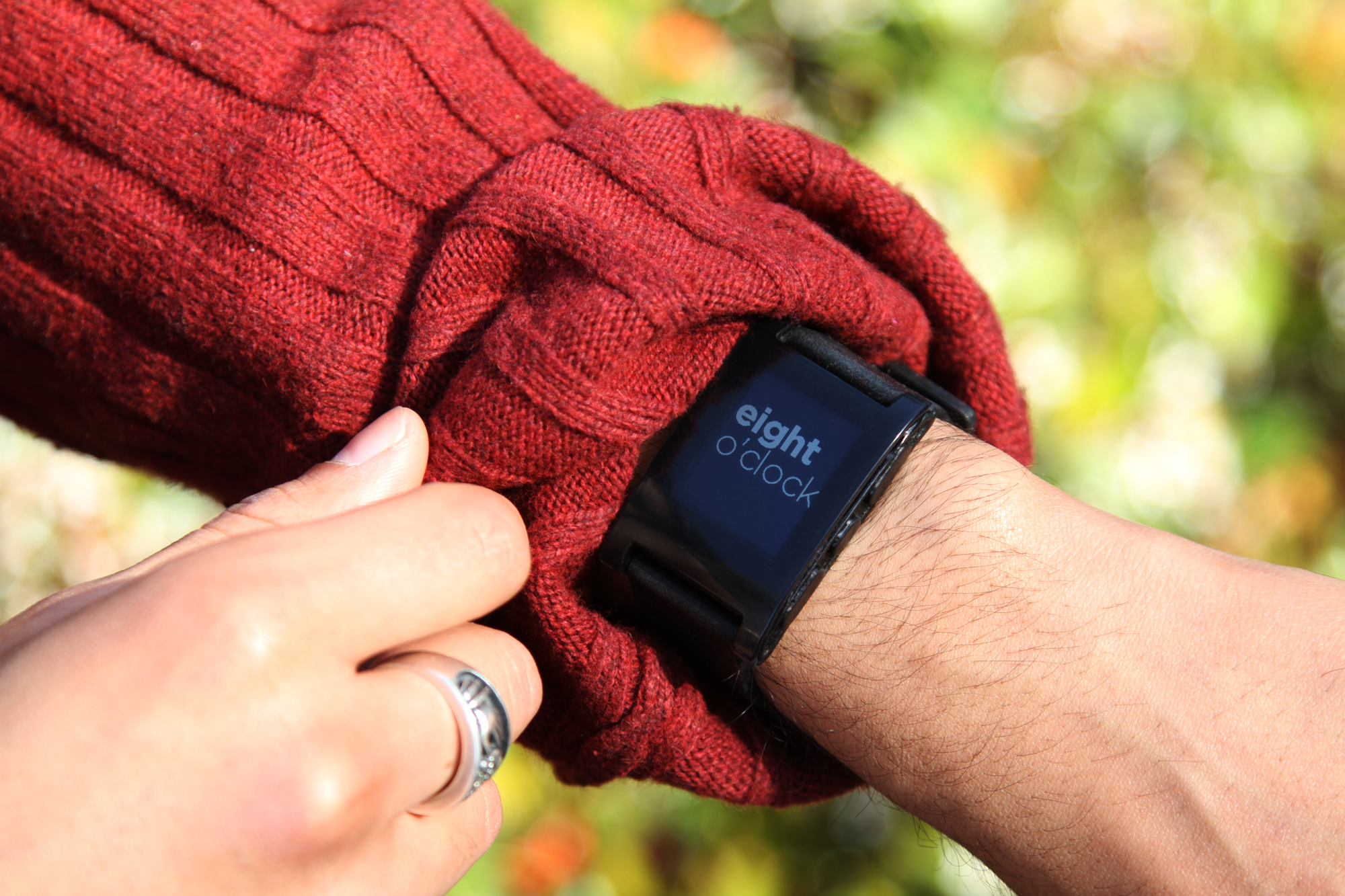
The Pebble Smartwatch was a Kickstarter sensation, pioneering the smartwatch category with its e-paper display and long battery life. However, as tech giants like Apple and Samsung entered the market, Pebble struggled to compete with their resources and integrated ecosystems. The smartwatch's limited app capabilities and basic design could not keep pace with the evolving expectations for smart devices. Pebble's story illustrates how early success in tech can be overshadowed by larger players who can offer more comprehensive solutions, emphasizing the need for continuous innovation and adaptability in a rapidly advancing field.
10. Google Wave: Communication Evolution That Eroded
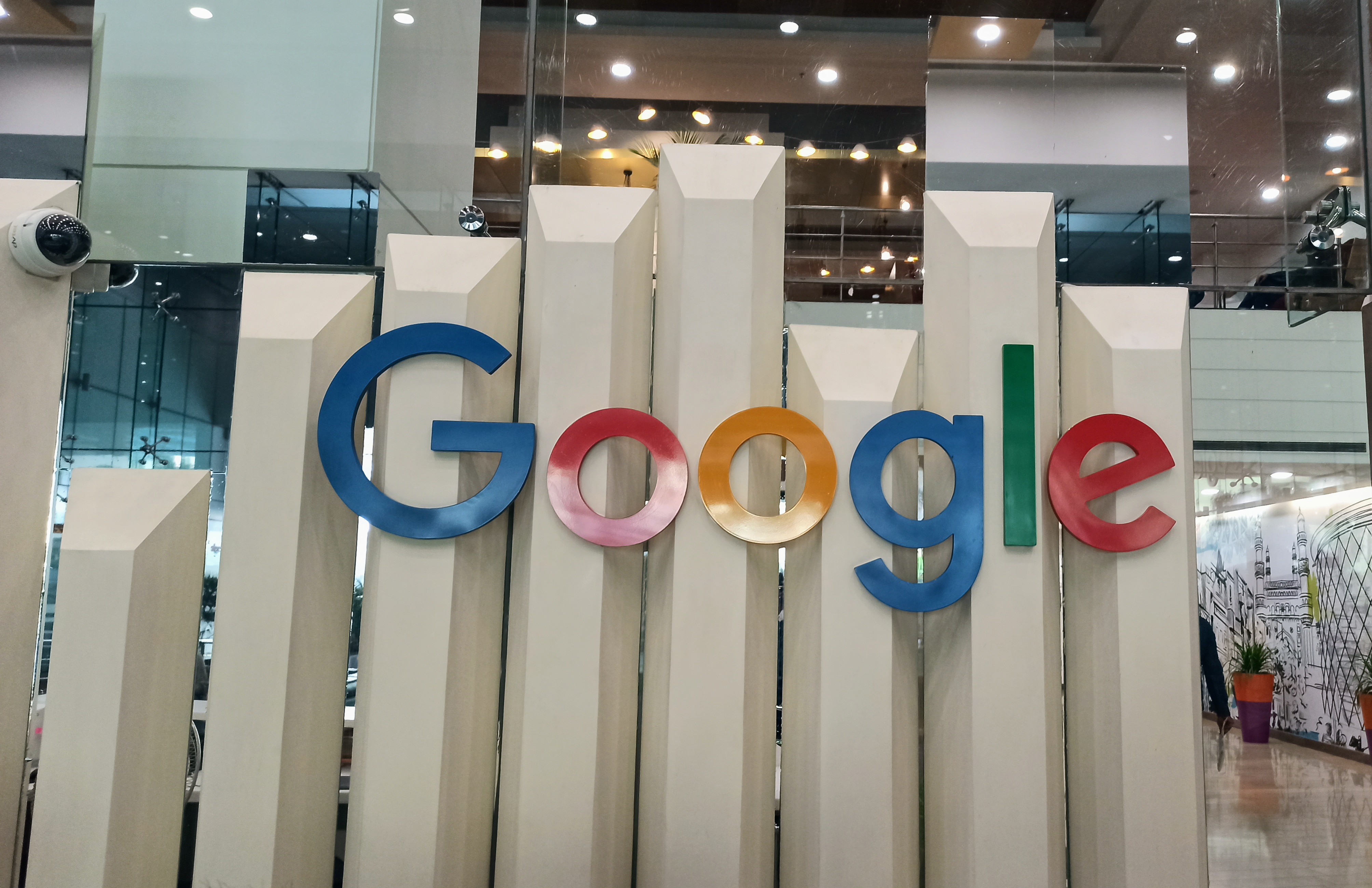
Google Wave was heralded as a revolutionary communication tool, blending email, instant messaging, and collaborative document editing. However, its complex interface and lack of clear use cases confused users, leading to its decline. The platform's ambitious attempt to redefine communication overwhelmed rather than simplified, demonstrating that even innovative ideas can fail if they don't enhance user experience. Google Wave's demise underscores the importance of intuitive design and the need to solve specific user problems, as complexity without clarity often leads to user disengagement.
11. Juicero: The Squeeze That Wasn't Worth It
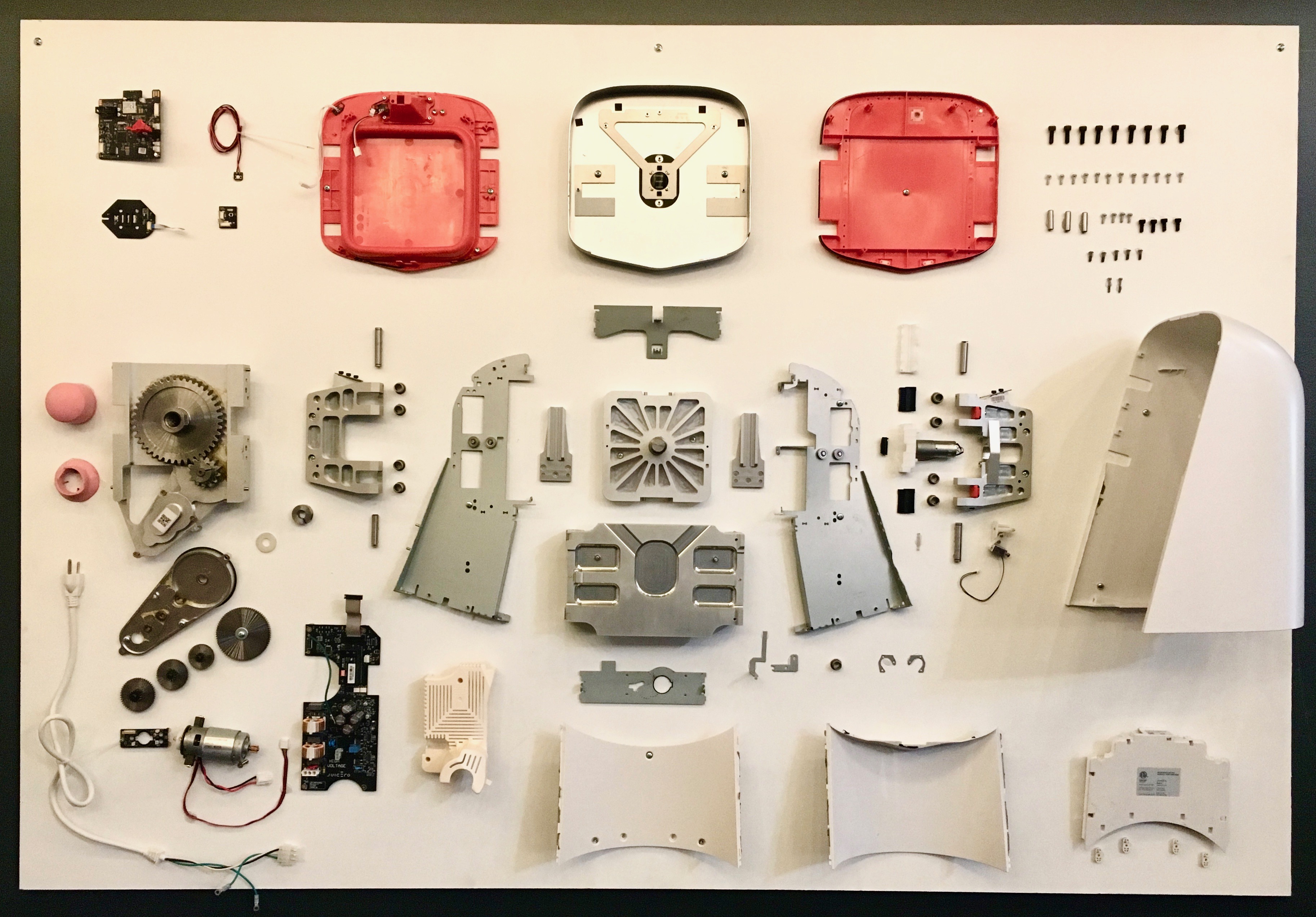
Juicero marketed itself as a high-tech juicing solution, offering pre-packaged fruit and vegetable packs that could be pressed into juice with a proprietary machine. However, when it was revealed that the packs could be squeezed by hand, rendering the expensive machine unnecessary, the product quickly lost credibility. Juicero's downfall highlights the dangers of over-engineering and the importance of transparency and value in product offerings. It serves as a reminder that technological innovation must be meaningful and genuinely enhance the consumer experience to justify its existence.
12. Samsung Galaxy Note 7: A Fiery Flop
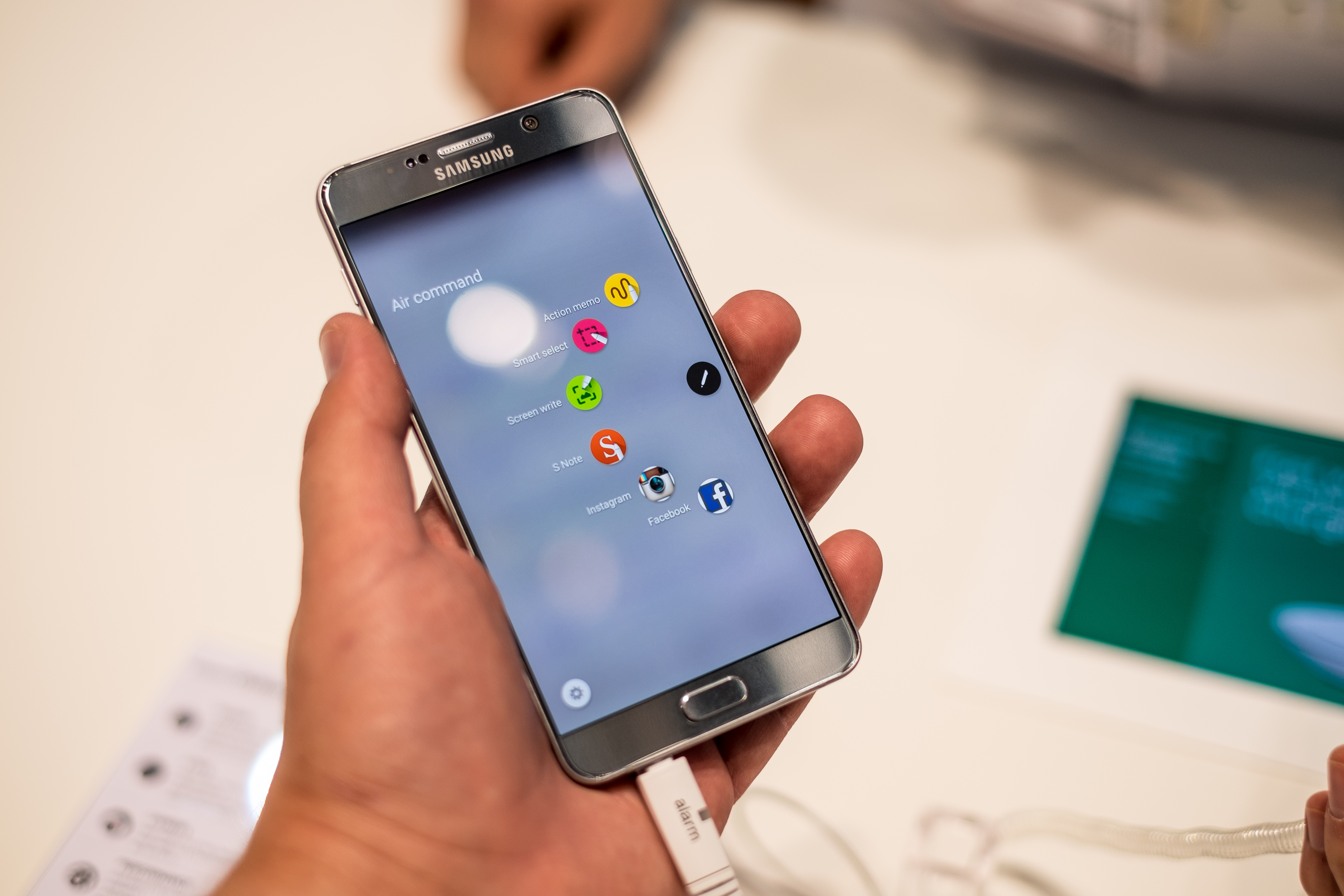
The Samsung Galaxy Note 7 was initially praised for its design and features but soon became infamous for its battery issues, leading to spontaneous combustions. Despite a recall and replacement program, the damage to consumer trust was irreparable, and the device was ultimately discontinued. This incident underscores the critical importance of rigorous product testing and quality assurance in tech development. The Note 7's failure highlights how reputational damage from product flaws can overshadow even the most innovative features, illustrating the delicate balance between innovation and reliability.
Lessons from the Tech Graveyard
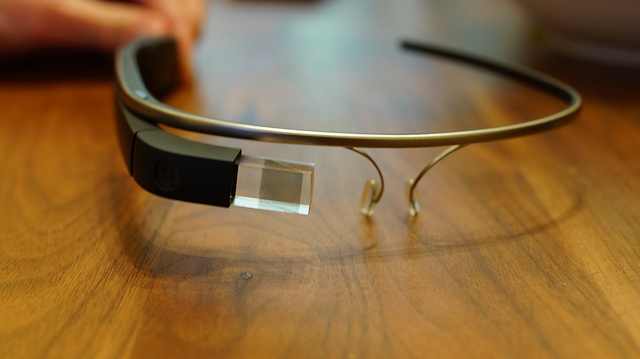
The stories of these 12 tech devices reveal common threads in their downfalls: misaligned market strategies, inadequate understanding of consumer needs, and the inability to adapt to competitive pressures. While innovation is the lifeblood of technology, its success hinges on execution, timing, and the capacity to address real-world challenges. As we reflect on these cautionary tales, the tech industry must remember that even the most groundbreaking ideas can falter without a clear path to market relevance and consumer acceptance. The journey from hype to hush serves as a powerful reminder of the complexities inherent in bringing technology to life.
